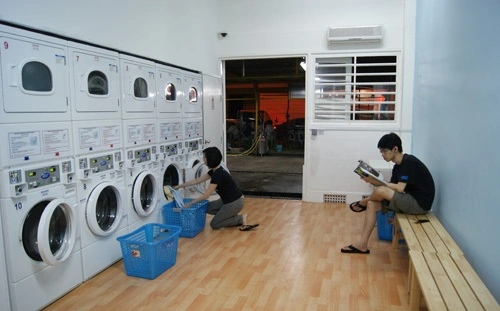In a strategic decision aimed at balancing the domestic sugar market, India has announced plans to export 1 million tonnes of sugar in the current fiscal year. The move is designed to manage surplus stocks while supporting local sugar mills facing financial strain due to declining prices. The development comes at a time when global sugar prices are elevated, presenting a favorable opportunity for Indian exports.
Managing Domestic Stock Surplus

India, the world’s second-largest sugar producer, has been grappling with surplus stock due to subdued domestic demand. Despite an anticipated dip in sugar production this year, the government has identified surplus inventory that can be leveraged for export without affecting domestic supply.
The Ministry of Consumer Affairs, Food, and Public Distribution stated, “This export initiative is aimed at stabilizing domestic sugar prices and supporting the financial health of sugar mills. It aligns with our commitment to ensuring fair prices for farmers and maintaining market stability.”
Production Challenges and Domestic Context
India’s sugar production for the 2024-25 season is projected to decrease to 27 million tonnes from the previous year’s 32 million tonnes, primarily due to adverse weather conditions in major producing states like Maharashtra and Karnataka. This figure is below the country’s estimated annual consumption of approximately 29 million tonnes.
While the reduced production might seem counterintuitive for exports, the government believes that the current stock levels and anticipated imports of raw sugar provide enough leeway to meet domestic needs while engaging in limited exports.
Supporting Sugar Mills
The sugar industry in India has been under pressure from falling prices, which have reached an 18-month low. The financial strain on mills has impacted their ability to clear payments to sugarcane farmers. Exporting surplus sugar is expected to alleviate this burden by generating additional revenue for the mills.
The Indian Sugar Mills Association (ISMA) welcomed the move. “The export decision is a positive step for the industry. It will help address cash flow challenges faced by mills and ensure timely payments to farmers,” said an ISMA spokesperson.
Global Market Impact
India’s decision to re-enter the global sugar market is anticipated to have a ripple effect on international prices. With Brazil and Thailand, the two largest sugar exporters, also facing production challenges due to weather conditions, India’s contribution is expected to stabilize global sugar supplies.
Analysts predict that Indian sugar exports could slightly temper global prices, which have remained high due to supply constraints in major producing countries. India’s move is also seen as a strategic opportunity to strengthen its presence in the global sugar trade.
Government Oversight and Export Mechanism
The government plans to regulate exports through a quota system to ensure that domestic sugar availability and prices remain unaffected. Export allocations will be closely monitored, and the Food Ministry is expected to conduct periodic reviews to address any market imbalances.
Future Outlook
Looking ahead, the sugar industry is optimistic about a recovery in production for the 2025-26 season, with improved monsoon rains and better reservoir levels supporting increased sugarcane planting. Industry experts suggest that India could return to exporting larger volumes in the next fiscal year, further solidifying its role in the global sugar market.
Additionally, the government’s focus on ethanol production as part of its biofuel policy could help divert excess sugarcane towards alternative uses, reducing dependency on exports and creating sustainable demand domestically.
Conclusion
India’s plan to export 1 million tonnes of sugar is a calculated effort to manage domestic surplus, stabilize prices, and support the struggling sugar industry. By leveraging favorable global market conditions, the country aims to strike a balance between meeting domestic needs and maintaining its presence in international trade.
As the initiative unfolds, stakeholders will closely monitor its impact on the domestic and global markets, while sugar mills and farmers look forward to the much-needed financial relief it promises to deliver.

